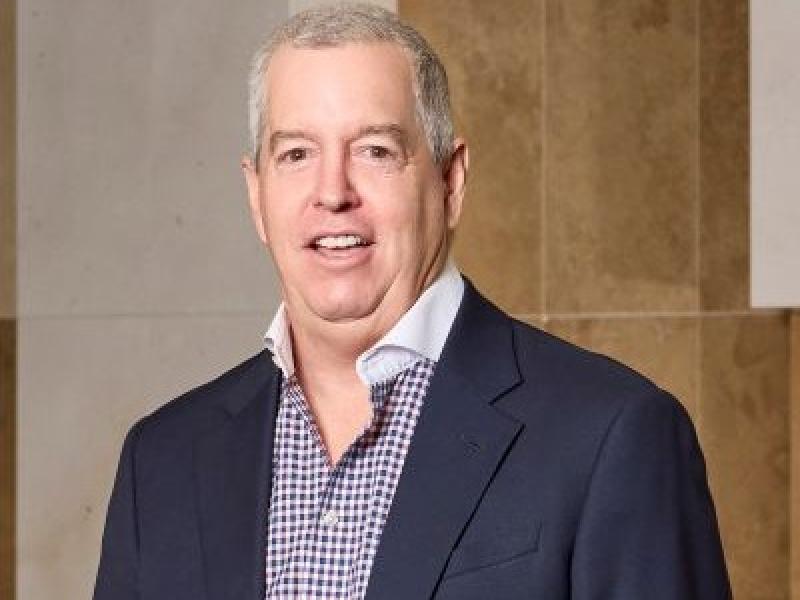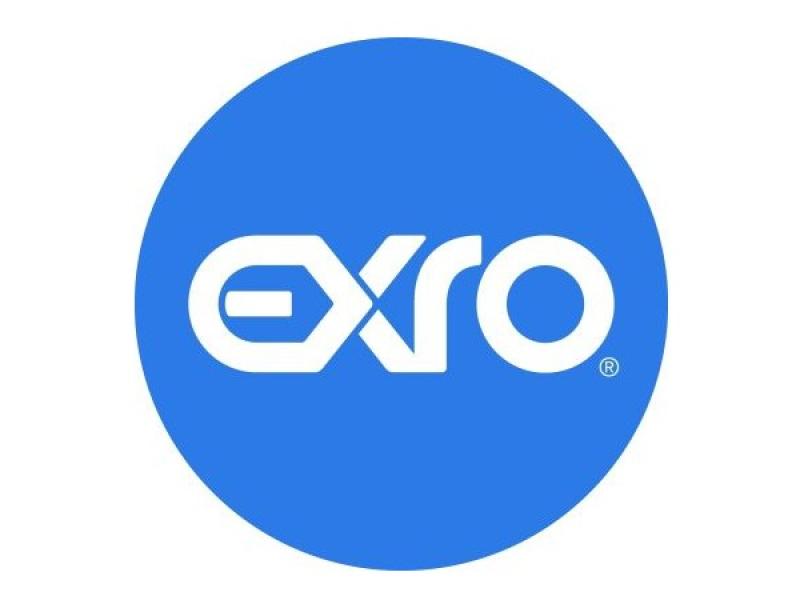 When it comes to sustainable investing, Bentall Kennedy is far ahead of the curve.
When it comes to sustainable investing, Bentall Kennedy is far ahead of the curve.
For the sixth consecutive year, the real estate services firm ranked among the top companies globally for its commitment to sustainable investing in the internationally recognized GRESB survey.
Each year the Global Real Estate Sustainability Benchmark (GRESB) – an industry-driven organization – measures the environmental, social and corporate governance of listed and private property funds. This year the survey included 759 participants covering 66,000 assets with an aggregate value of US $2.8 trillion.
Gary Whitelaw, CEO for the Bentall Kennedy Group, noted in a news release that global participation in GRESB has shot up from 198 participants in 2010 to 759 in 2016.
“The real estate world is catching on to what we’ve believed and applied for some time – that sustainability in real estate is a critical element to driving long-term value for our clients and tenants,” Whitelaw said.
“Investing soundly and sustainably continues to be the number one priority for Bentall Kennedy’s professionals across North America.”
Within the rankings, MEPT/MEPT Edgemoor LP, an U.S. core open end fund Bentall Kennedy advises, placed as the top fund globally for the private, diversified residential-office peer group for the second year in a row.
In the private diversified category, Bentall Kennedy was named as Canada’s top private firm, among the top two companies in North America, and among the top three companies globally.
(Image: Broadway Tech Centre 5 and 7, Vancouver, B.C.)
Sustainable buildings outperform non-green buildings
Bentall Kennedy manages approximately $43-billion of assets across 60 million square feet of office, retail, industrial and multi-residential properties throughout North America for more than 550 institutional clients and investors.
Since 2011, Bentall Kennedy’s normalized energy intensity in Canada has decreased by 12.6 per cent in the office portfolio, 7.5 per cent in multi-family portfolio and 5.8 per cent in enclosed retail portfolio.
For office buildings, the firms reports the energy intensity based on both gross leasable area and gross floor area. This allows for comparability to available industry benchmarks.
In 2014 the company commissioned an academic research study analyzing 10 years of financial performance data across the firm’s managed office portfolio. The results, published, in the September 2015 edition of the Journal of Portfolio Managed, provided compelling evidence that buildings with sustainable certification outperform similar non-green buildings, according to the company.
“GRESB’s focus on sustainability leadership aligns very strongly with the core values of both Bentall Kennedy and the broader Sun Life Investment Management group of companies,” said Whitelaw.
“With the global GRESB average improving, and competition in this space increasing, we’re extremely proud to maintain our consistent high rankings.”
Bentall Kennedy’s approach
Among the key issues the company has identified to focus on are climate change, including the associated emissions from energy use as well as the risks and adaptation needs related to climate change impacts; energy consumption; and water, both in regards to cost and availability in some regions.
Other key issues are green buildings and certifications; continuous work on the well-being of the company’s employees as well as that of its tenants, suppliers and contractors; and governance and communication.
Some of Bentall Kennedy’s achievements include working on reducing waste and increasing the number of certified building in the portfolio the company manages on behalf of its clients.
The firm works continuously on benchmarking, and reporting, for instance, increasing Energy Star benchmarking and consolidating it under a single company account to enable greater visibility and quality assurance.
Bentall Kennedy also has developed a sustainability dashboard that provides real-time visibility at a portfolio level to building certifications, energy intensity changes, average Energy Star score, water intensity and more.
The company uses precise metrics to track things such as energy use across its portfolio. It employs a “normalized” energy intensity metric, for instance, to track the energy used in a building on a per square foot basis.
The metric has been normalized to remove variances for weather, occupancy, and exceptional loads from things such as a data centres. The company says this allows it to highlight the impact of management practices meant to achieve energy reductions.







